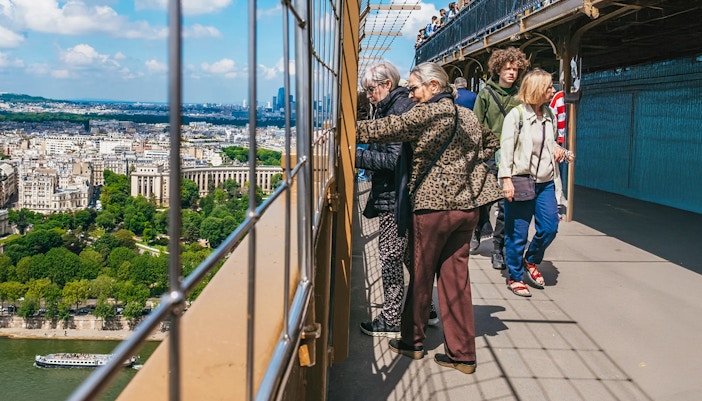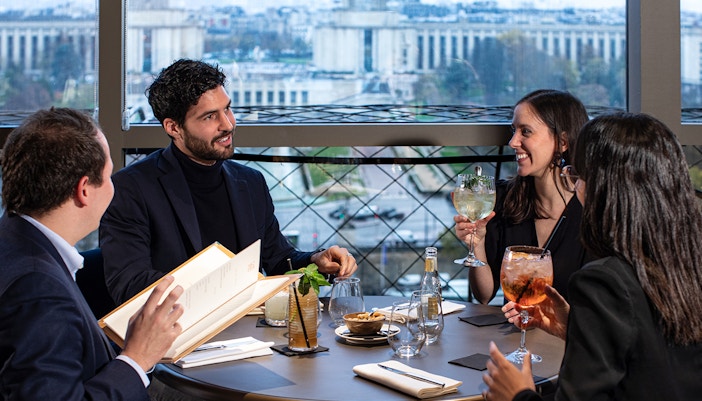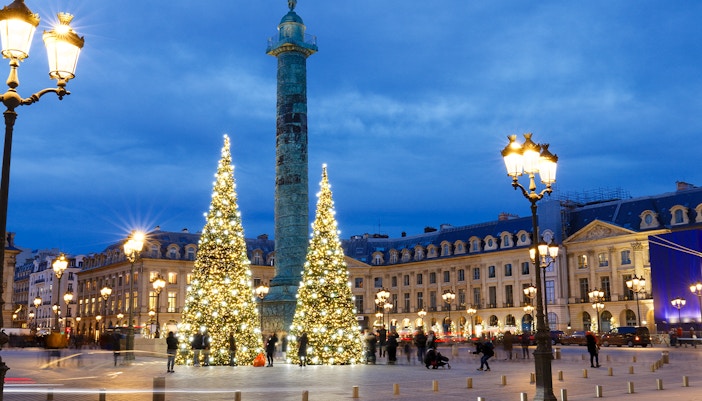✨ Hourly sparkle show: Starting at 8pm, the Eiffel Tower sparkles for 5 minutes at the top of every hour. This dazzling display continues every hour throughout the evening until 1am, creating a magical atmosphere as the tower’s 20,000 bulbs blink rapidly in unison.
✨ Extended final sparkle: The final sparkle of the night takes place at 1am and is a special 10-minute show. This extended sparkle gives you a longer, more dramatic light display, making it a perfect way to end your Parisian night.
✨ The beacon: A powerful beacon also shines from the tower, sweeping across Paris and visible up to 80 kilometers on a clear night.















